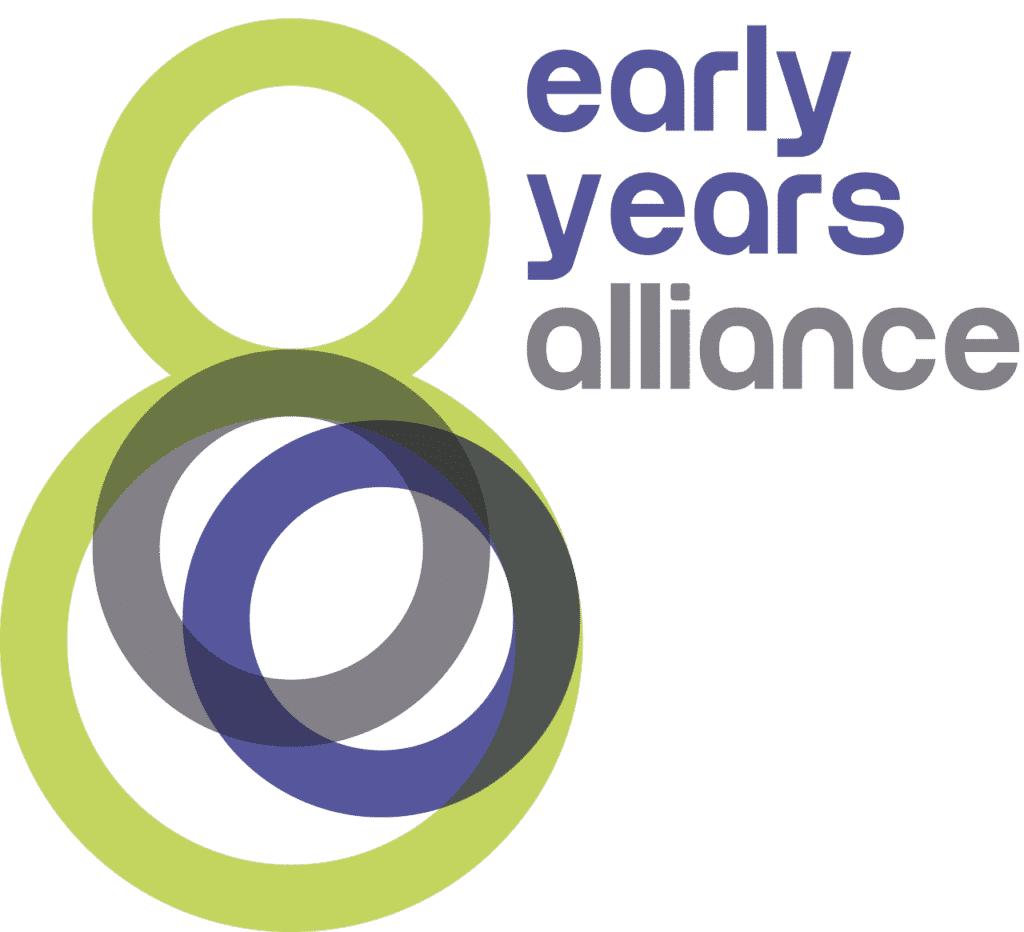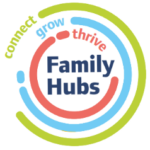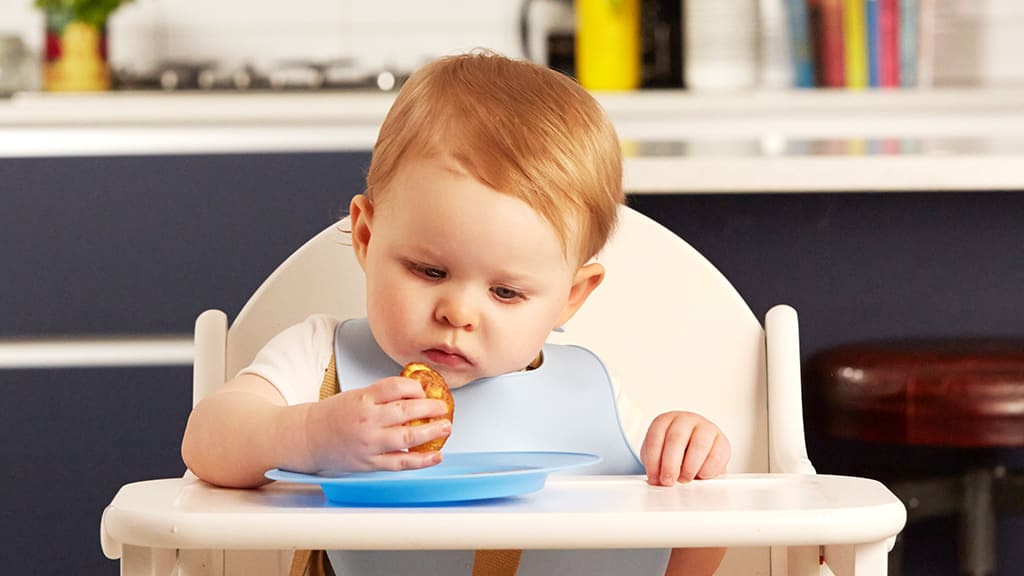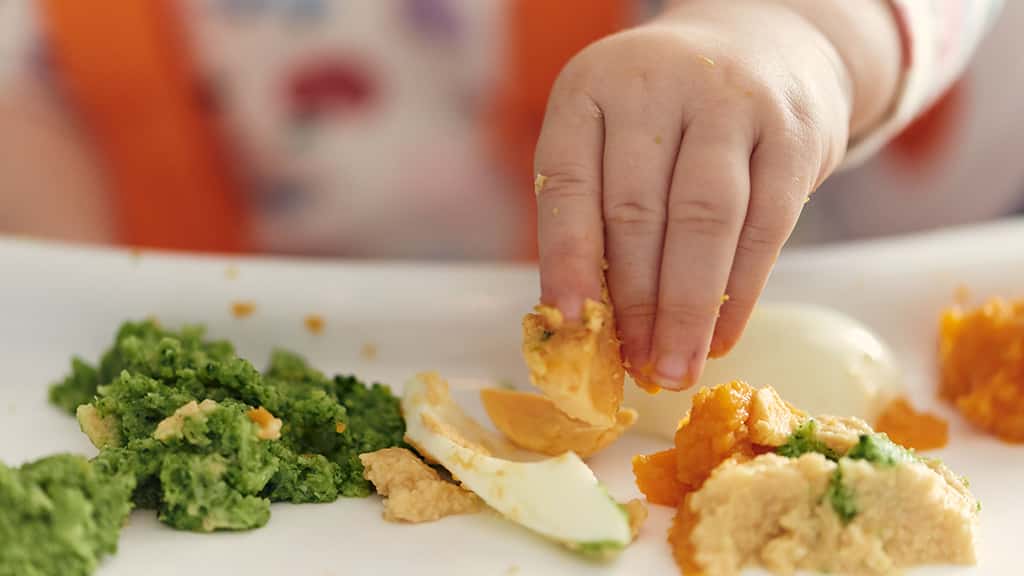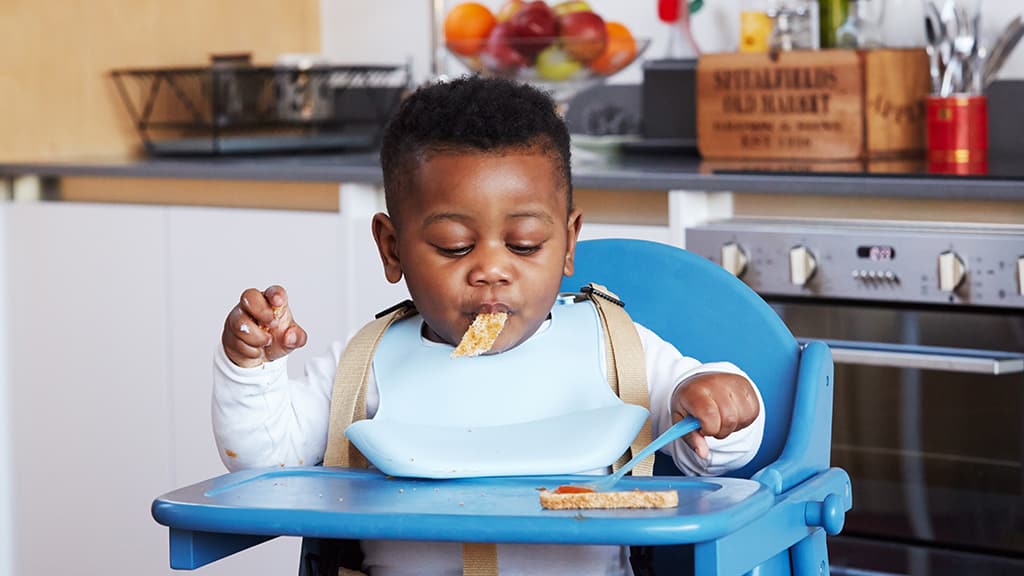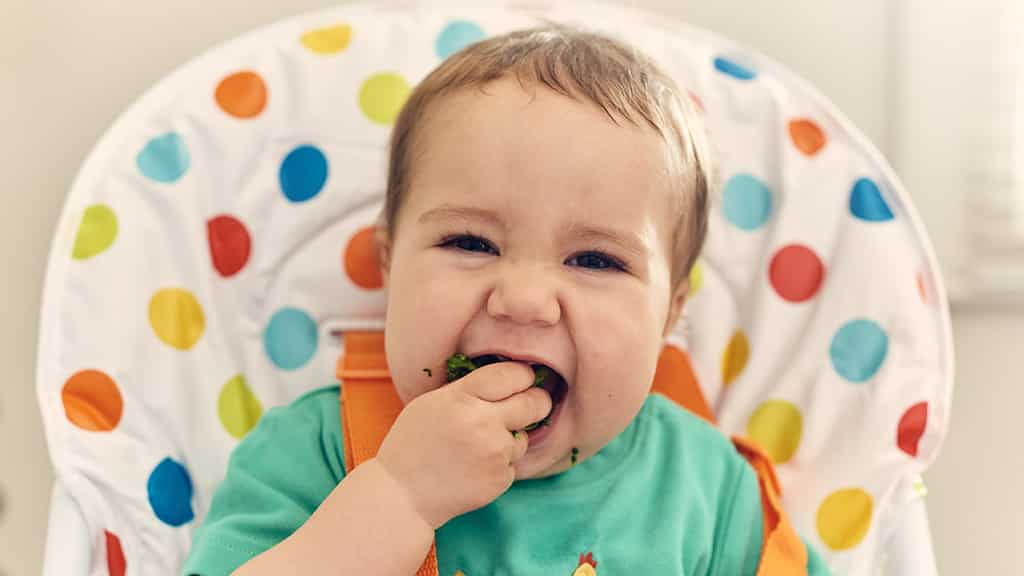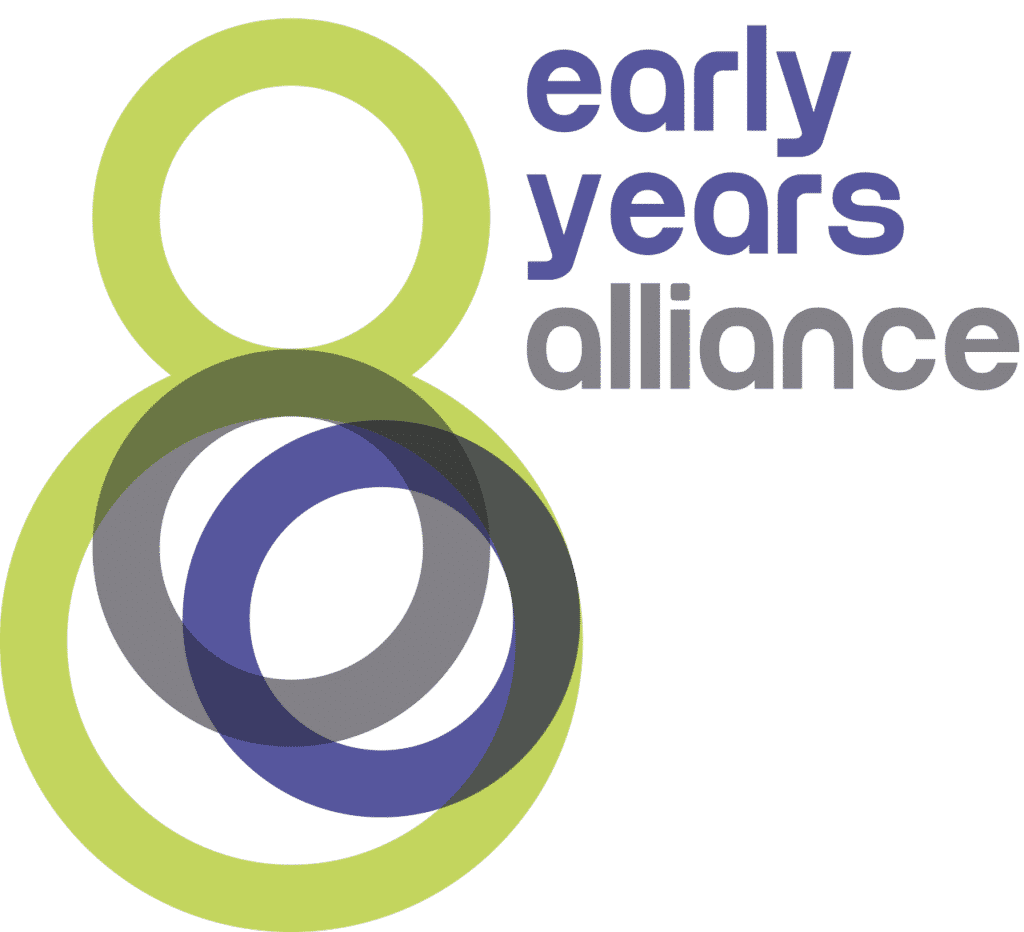Are you confused about how and when to move your baby onto their first foods – you’re not alone?
Research from Office for Health Improvement and Disparities found that three in five parents (59%) said that they had found the decision on when to start weaning “confusing”. Two thirds (64%) said they had received conflicting advice on what age to start weaning their children and 74% agreed that there should be one official source for weaning advice. Add on top of this well-meaning advice from friends, family, social media and magazines and it can all feel very overwhelming.
What is weaning?
Introducing your baby to solid foods, also referred to as weaning or complementary feeding, starts when your baby is around 6 months old. Your baby should be introduced to a varied diet, alongside their usual breast milk or first infant formula.
We offer our Introducing Solid Foods workshops across the borough so keep checking on our timetable to see when the next session is available and you can book onto a session here.
The new Start for Life weaning hub can guide you through the weaning journey and explain what it all means. They’ve got expert NHS advice, helpful videos, tips from other parents, and lots of simple, healthy weaning recipe and meal ideas.
Top Tips for weaning from other parents
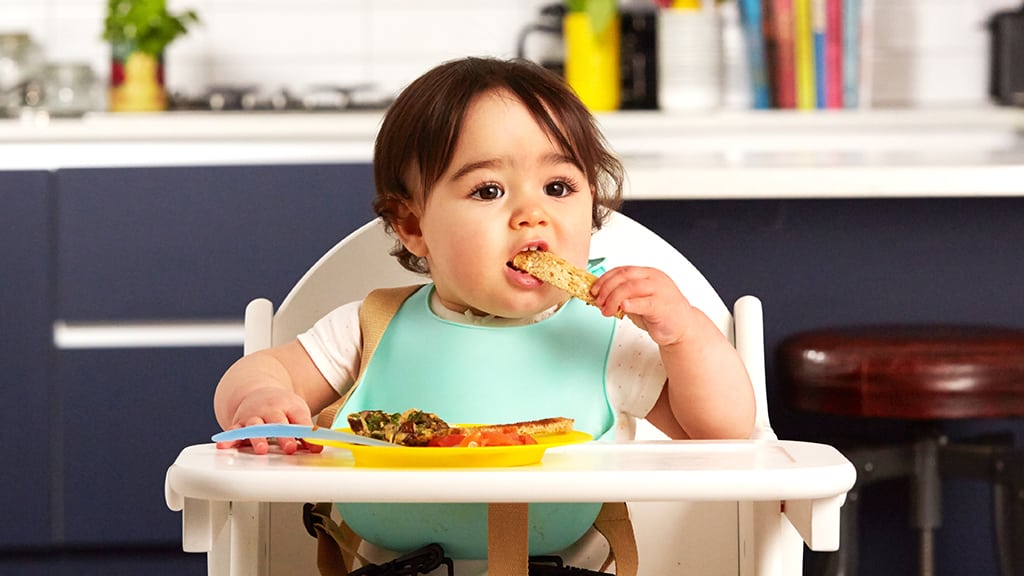
High chair – your baby needs to be sitting safely and strapped in, in an upright position (so they can swallow properly)
First cup – encourage your baby to sip water from a cup with their meals (instead of a bottle). Open cups or free-flow cups (without a valve) help your baby learn to sip and is better for their teeth
Spoons – soft weaning spoons, usually made of rubber or plastic, are easier on your baby’s gums
Plastic bowls – ideally the ones with a suction base, otherwise they’re likely to end up on the floor!
Ice cube trays – very useful for batch cooking and freezing small portions
Bibs – easy to clean plastic or pelican bibs are best in the beginning
Messy mat – or even newspaper under the high chair, handy for messy eaters!
Signs your baby is or isn’t ready for weaning and how to recognise them.
What are the signs?
There are 3 clear signs, which, when they appear together from around 6 months of age, show that your baby is ready for their first solid foods, alongside breast milk or first infant formula. They will be able to:
- stay in a sitting position, holding their head steady
- coordinate their eyes, hands and mouth so they can look at their food, pick it up and put it in their mouth
- swallow food (rather than spit it back out)
What to feed when, textures, food groups and baby-led weaning.
You can start weaning with single vegetables and fruits – try blended, mashed, or soft cooked sticks of parsnip, broccoli, potato, yam, sweet potato, carrot, apple or pear. You could also try baby rice mixed with your baby’s usual milk. Make sure any cooked food has cooled right down before offering it to your baby.
Covering choking, gagging, food allergies, foods and drinks to avoid, kitchen hygiene and storing and reheating foods safely.
There’s lots more useful information at:
- Tiny Happy People – Weaning your questions answered
- Tiny Happy People – How do I get my fussy toddler to eat?
- Tiny Happy People – Brain boosting bites for babies and toddlers
